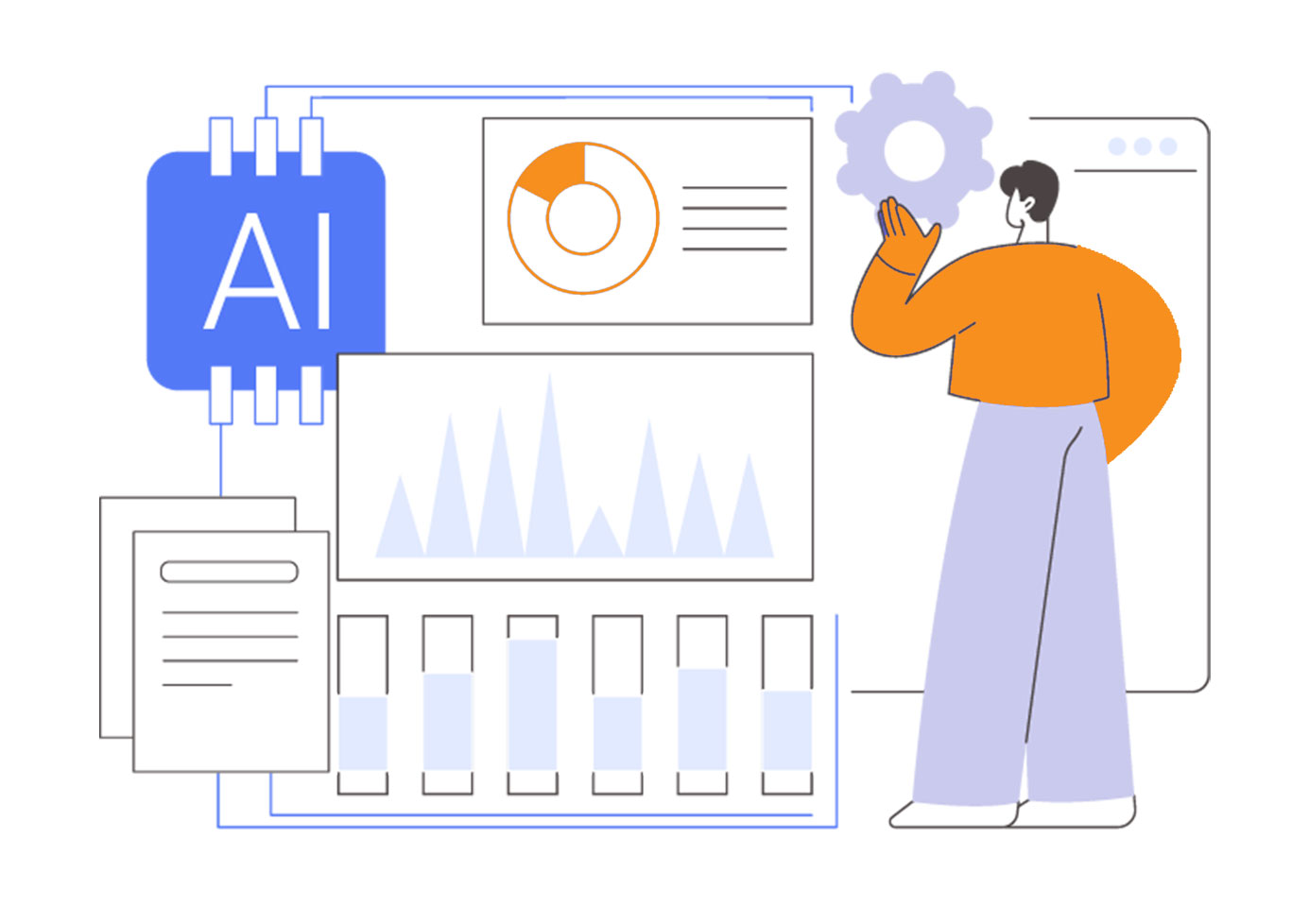The realm of Predictive Analytics for Business unfolds a future where data-driven insights drive decision-making. The paradigm is shifting, with organizations now seeing the tangible benefits of harnessing predictive power, be it in the form of increased profits or improved customer experiences. Notably, the promise of significant returns on investment (ROI) accentuates its allure for businesses worldwide.
The value of Predictive Analytics is well recognized by companies worldwide, with 94% of respondents to MicroStrategy survey stating that analytics was crucial to the digital transformation of their business. Yet, only 65% companies with revenue of $100-$500 million and 46% of companies with revenue under $10 million are using Predictive Analytics. If you are among those that are still to leverage the benefits of Predictive Analytics, here’s what you need to know.
Predictive Analytics revolves around utilizing statistical techniques and algorithms on historical data to forecast future events. It involves deducing patterns from existing data and formulating predictions based on these recognized patterns.
While the foundational concept remains consistent, “Predictive Analytics for Business” zeroes in on specific business objectives. Unlike generic predictive analytics that could predict anything from weather patterns to sports outcomes, the business-focused variant is tuned to deliver insights into sales trends, customer behavior, and operational efficiencies.
In the digital age, decisions anchored on data are not just preferable, they’re essential. Data-driven choices are more informed, objective, and result-oriented.
By integrating Predictive Analytics, businesses can boost their profits by optimizing their strategies. It amplifies the customer experience by personalizing interactions, and offers a competitive edge, making one’s business stand out even in a saturated market. In fact, The valuable data interpretation and insights into the larger picture offered by Predictive Analytics arms decision-makers and boosts business performance. No wonder the global Predictive Analytics market is projected to expand at a CAGR of 21.7% from 2021 to 2026, being valued at a whopping $28.1 billion by the end of the forecast period. According to IBM, Predictive Analytics can help businesses:
A key example of businesses harnessing such benefits is that of the cosmetics giant, Sephora, which analyzed customers’ buying histories and preferences to forecast which products each of them would love the most. Based on this, their personalized recommendations led to Sephora achieving a customer loyalty rate of 80%. Harley-Davidson also uses the power of Predictive Analytics to identify high-value customers that their sales and marketing teams can target.
a. Quality Data Collection: The value of analytics is only as good as the data it processes. Businesses must ensure that they’re collecting accurate, relevant, and comprehensive data.
b. Choosing the Ideal Technology Stack: A robust technology infrastructure, complete with advanced tools, is crucial to incorporate and benefit from predictive analytics seamlessly.
c. Expertise Matters: Skilled Data Personnel: The algorithms can’t operate in a vacuum. They require the acumen of skilled data scientists and analysts to be utilized to their full potential.
a. Identify Business Goals: Begin by pinpointing the objectives that analytics should serve. It creates a clear path for the entire predictive process.
b. Data Gathering: Channel efforts towards accumulating data that directly pertains to business goals, ensuring relevancy in the predictions.
c. Data Cleaning & Preparation: Rid the data of anomalies and inconsistencies. A pristine dataset guarantees more accurate predictions.
d. Model Selection: Choose analytical models in alignment with the business objectives, ensuring they’re equipped to provide the insights you seek.
e. Model Training: Feed the models historical business data. This retrospective analysis empowers them to predict the future more precisely.
f. Test and Refine: Consistently evaluate the model’s predictions against real outcomes and refine accordingly.
g. Implementation: Integrate predictive insights into decision-making processes, ensuring they’re actionable and impactful.
a. Establishing Key Performance Indicators (KPIs): Define the metrics that will gauge the success of the analytics venture. KPIs should reflect both business goals and predictive objectives.
b. ROI-centric Tools: Adopt tools specifically designed to quantify the ROI derived from predictive analytics, ensuring you’re continually deriving value.
c. Adapting with Predictive Insights: Using predictive insights, continually fine-tune business strategies to optimize profitability.
Businesses can often be inundated with copious amounts of data. Employ data management tools to streamline and prioritize data. But to do so, it is crucial to stay updated with global data privacy regulations. Businesses should leverage tools that automate compliance, ensuring data handling remains lawful. Given the rapid advancements in analytics, ongoing training and upskilling of the workforce is also vital.
The transformative prowess of Predictive Analytics for Business is undeniable. As we peer into the future, it’s evident that businesses poised to flourish will be those that harness this potent tool. With tangible results and remarkable ROI at stake, the predictive analytics journey is one that every business should embark on.

OpenAI Introduces GPT-4o OpenAI has introduced GPT-4o, the latest iteration in its series of generative pretrained transformers. GPT-4o, where ‘o’…

Artificial Intelligence (AI) is transforming industries across the globe. Businesses are increasingly recognizing the potential of AI to streamline operations,…

Introduction to AI Agents and Agentic Workflows Artificial intelligence (AI) agents are software entities that can perform tasks on behalf…